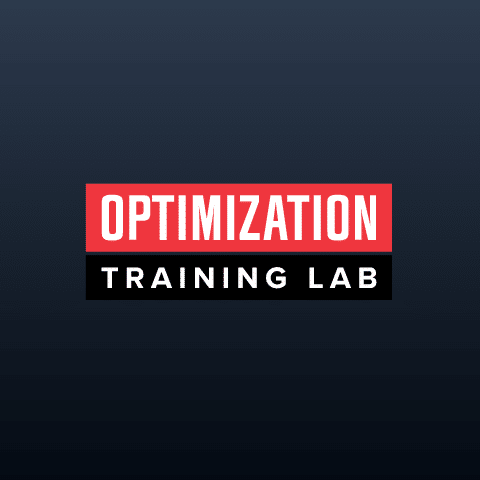While reviewing some resources on Mindset Training I recently I found a reference where Mental Toughness and Mental Health were linked. In retrospect, I have made this connection in the past but not so strongly as when seeing the two put together as Mental Toughness/Mental Health.
Before I go any further, let me be clear that I have no intention of stepping out of my scope of expertise to discuss mental health from a medical perspective. I view the connection being related more to our general stress or arousal response and our overall health and happiness.
When examining this connection a question that cones to mind is, “Is stress good or bad?”
I would say it is both. From a physiological perspective a certain amount of stress can be good. Most things that we recommend for overall health, well being, and longevity such as exercise and heat and cold exposure are considered hormetic stressors. They are acute disruptors of our baseline physiology or homeostasis. These acute disruptions can set in motion the positive physiological adaptations. These disruptions by their nature are also uncomfortable and can create a sympathetic fight or flight response.
The saying, “Aging is the aggressive pursuit of comfort.” would support the idea that these stressors are good.
Where stress can be bad is when it is chronic. Chronic stress where we are either knowingly or unknowingly being sympathetically stimulated can lead to many health problems. To be physically and mentally healthy it is of great value to be able to shift back and forth between the sympathetic (fight, flight, or freeze) to parasympathetic (rest and digest).
So, how do we do that?
Once way is to focus on what we can control and to determine what is truly most important.
Let’s take a look back at one perspective of what things are under our control:
1. Intention
2. Attention
3. Emotions
4. Physiology
In the Arete Challenge we are working on the MVP (Mission, Vision, Principles) process to help determine what is most important and where to put our intention and attention. If you are clear on this, it can help keep you from stressing over things that you have no control over and that really have no relevance to what you deem is most important in life. (Example: I don’t watch or listen to the news. If it is important enough that I need to know, I’m confident someone who is important to me will let me know.)
Another is to focus on controlling our physiology by using the “Big 4 Skills”.
You may remember the “Big 4 Skills” as:
1. Arousal Control (Breath Control)
2. Positivity (Internal Dialogue)
3. Visualization
4. Micro Goals
I have previously written about how to apply the “Big 4 Skills” to high intensity exercise. I would like to share here another example that we have been using in some of our ARX training protocols.
The protocol is as follows:
3 exercises (Leg Press, Pulldown, Chest Press)
Each exercise is performed for 2 sets with a minimum rest between the two. The first is a static time trial based off a previous 45 second max effort. The second is a time trial based off the output of a previous best effort of a 5 rep rep rest /pause set but this time there is no pause between reps.
My experience and feedback from clients is that this is one of the most uncomfortable training sessions that they have experienced. The goal is to create a very thorough inroad or fatiguing of the muscle in order to stimulate strength and muscle gains. This level of fatigue and discomfort is very stressful and can definitely create a fight or flight response.
Here is how we coach the “Big 4 Skills” to remain calm in the fight in order to have the best stimulus and performance while exercising safely.
1. Focus on your breath. When the exercise becomes more uncomfortable and you feel the urge to hold your breath continue to focus on breathing and imagine the breath helping you to continue to engage your targeted muscles.
2. While focusing on staying engaged with the proper positioning utilizing the targeted muscles, imagine that you are a fire fighter going into the fire to save someone. You are running to the discomfort not trying to avoid it. In this case, the discomfort is positive feedback that you are doing your job well.
3. Stay positive. You’ve got this and remember that the weakening of your muscles is what you working towards in order to stimulate them to become stronger.
4. Focus on staying present with each rep not on the entire set or how much more you have to do.
What I encourage you to consider is how these skills which can be used during your training can also be used during any stressful situation whether physical or otherwise.
My hope is that you find this helpful for not only your physical health but your mental as well.
